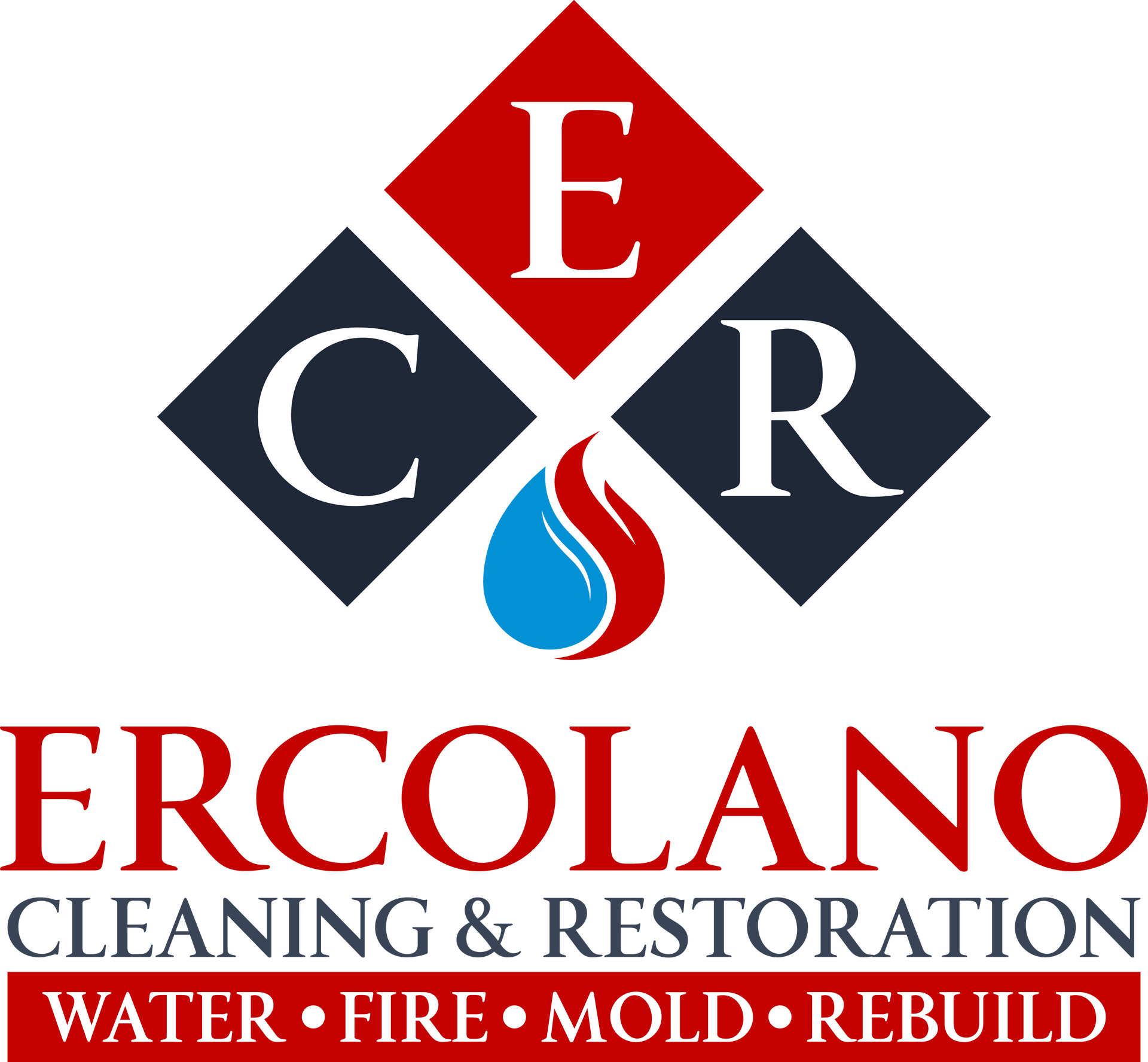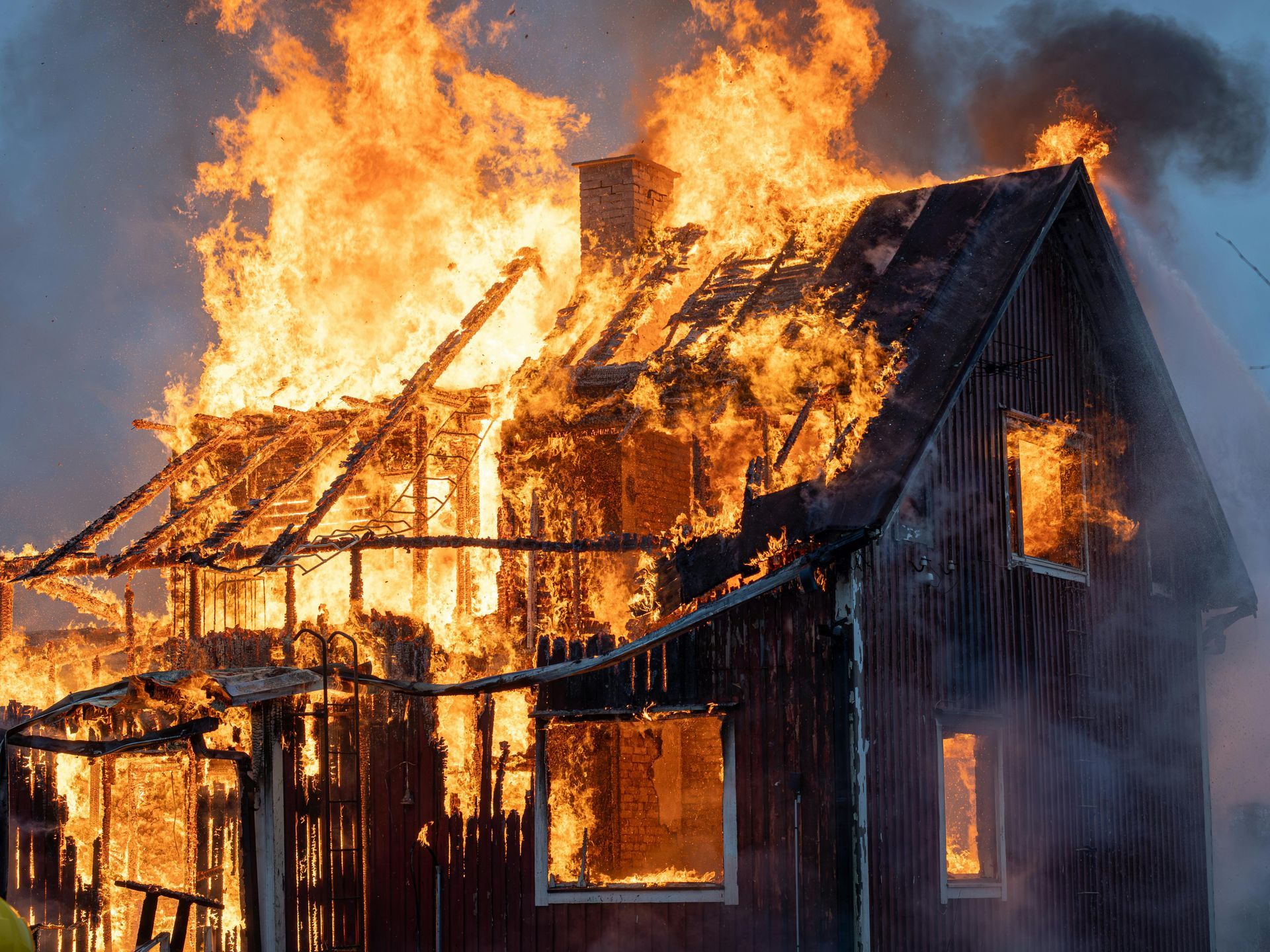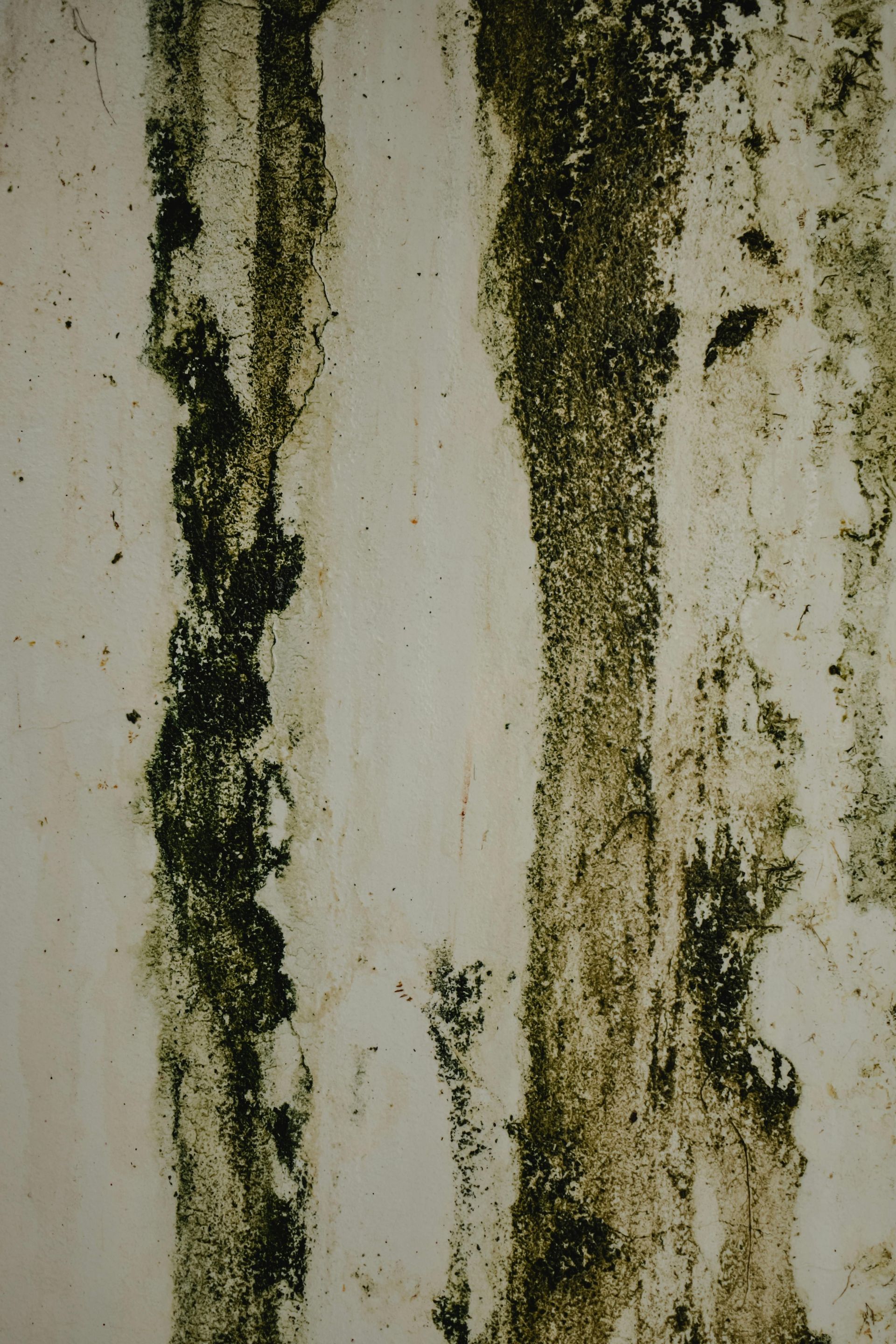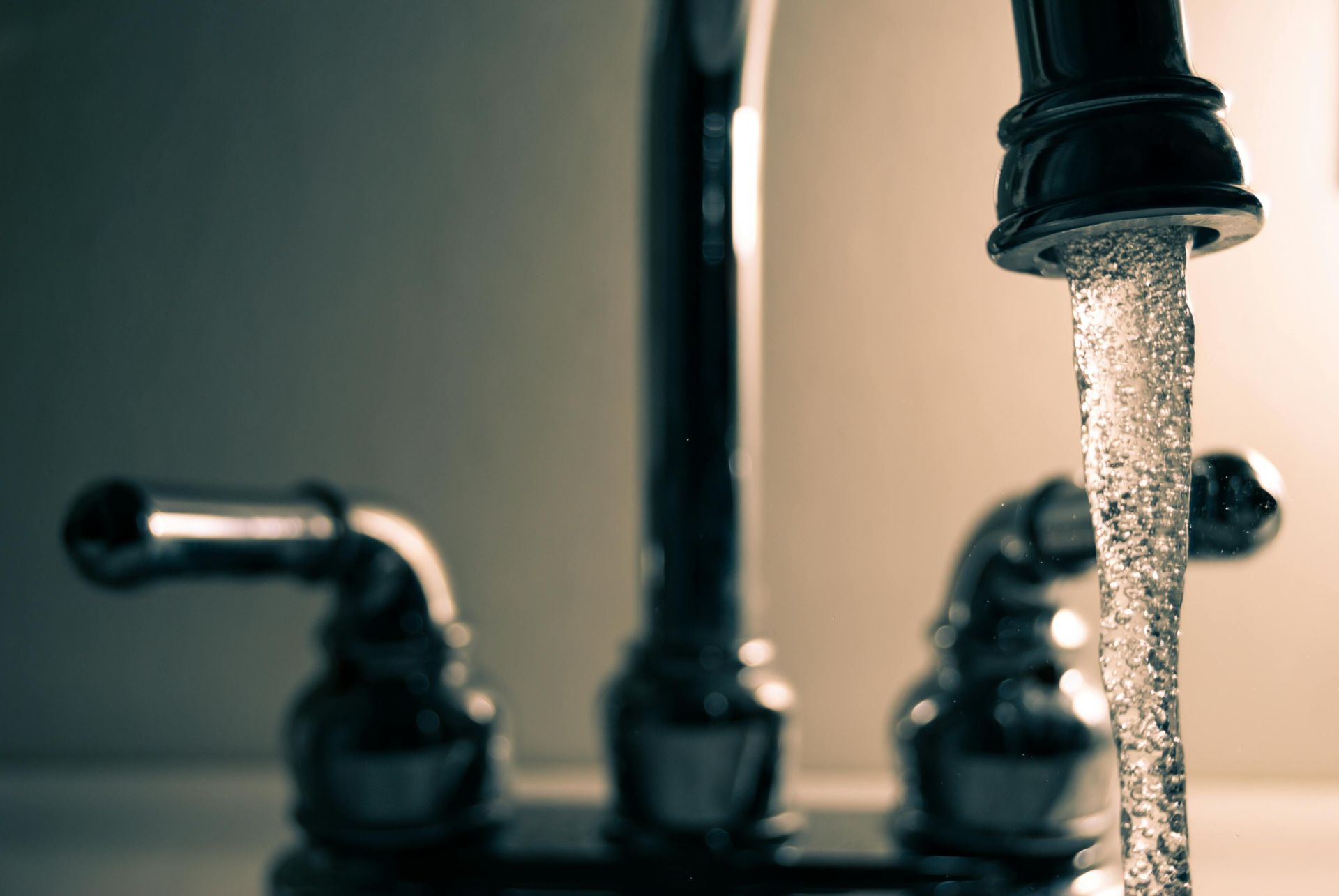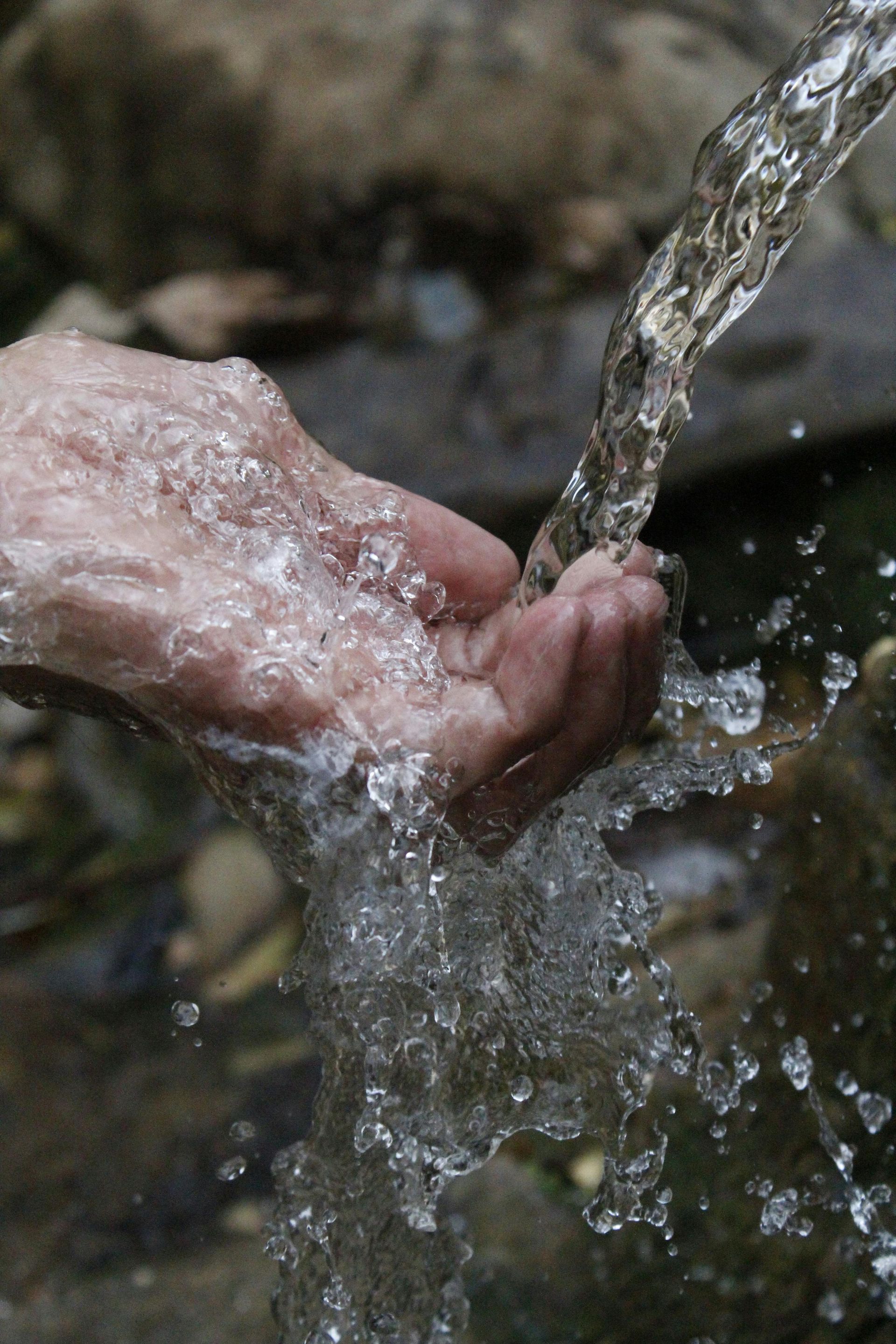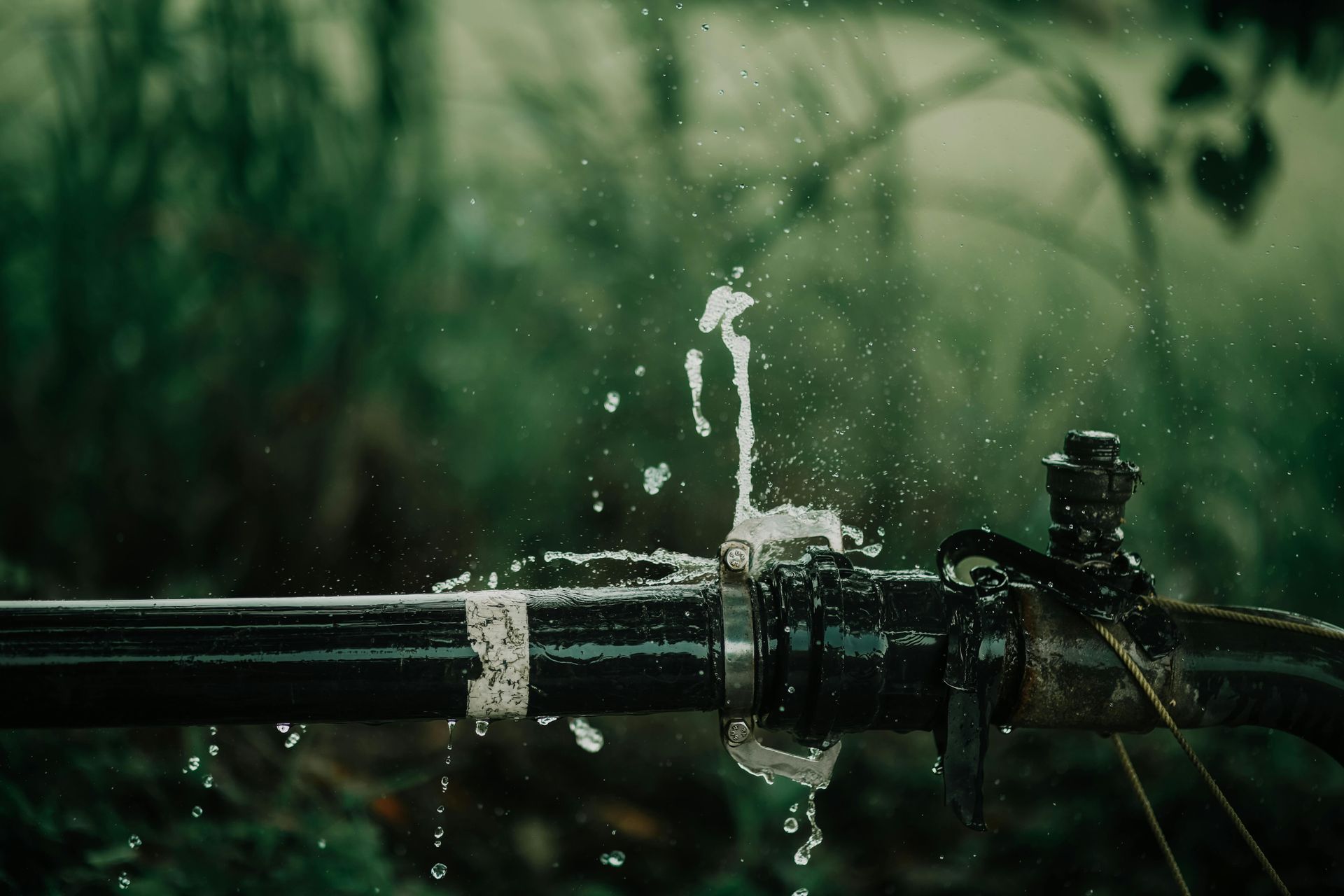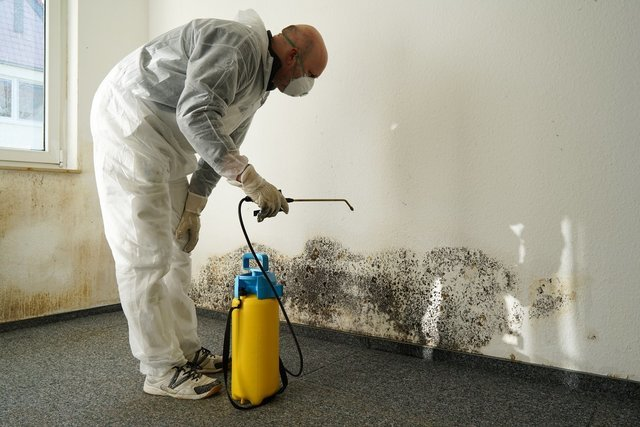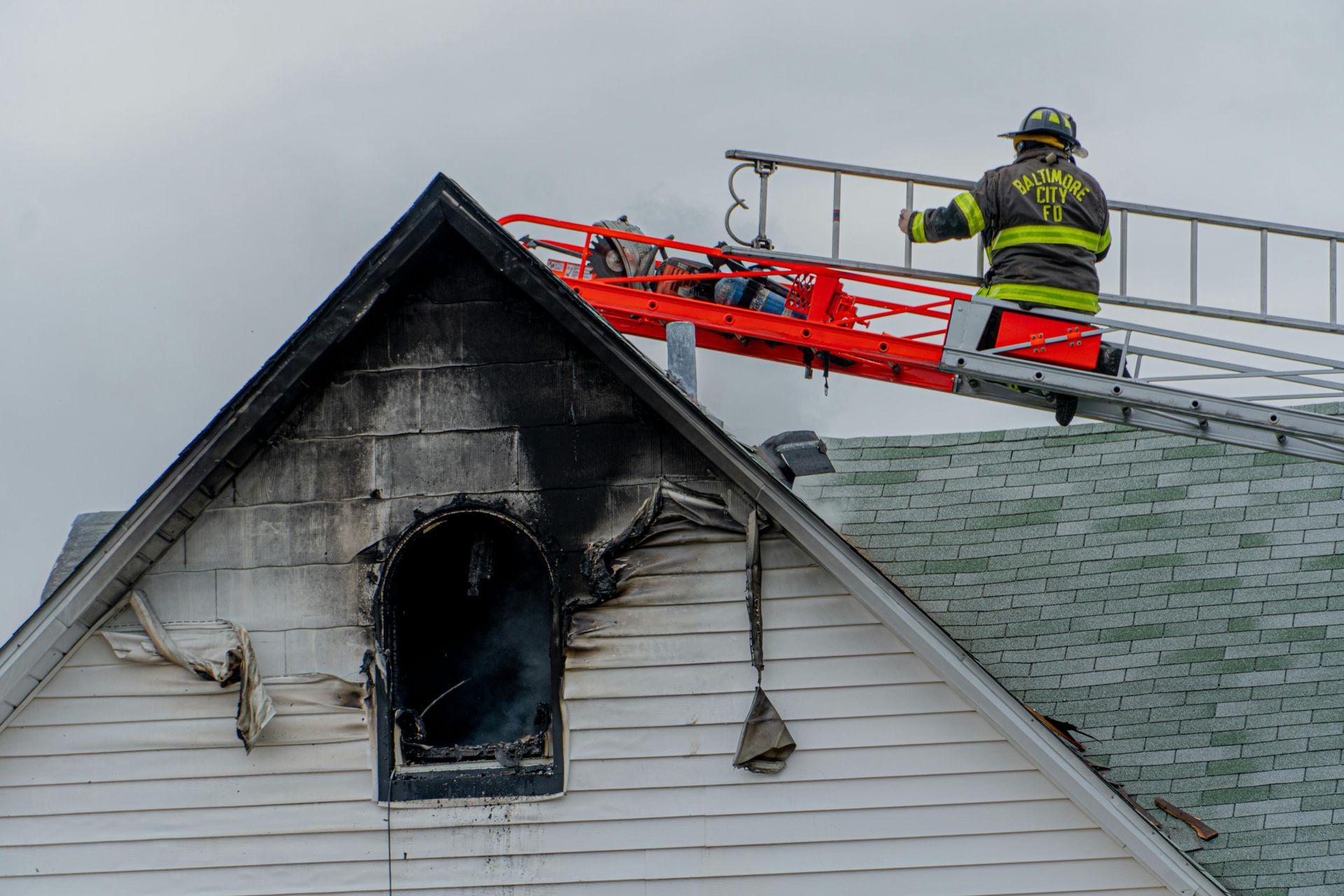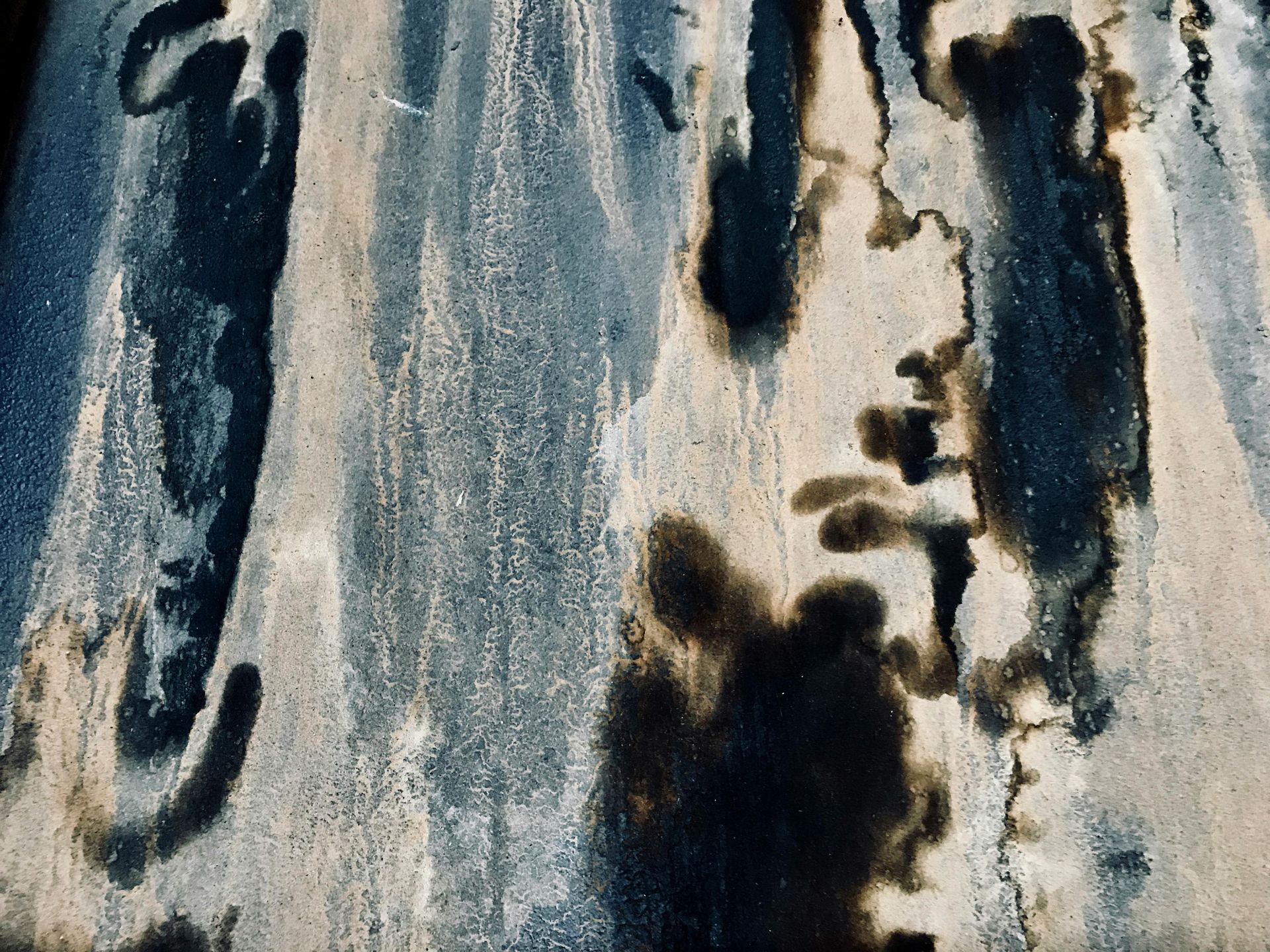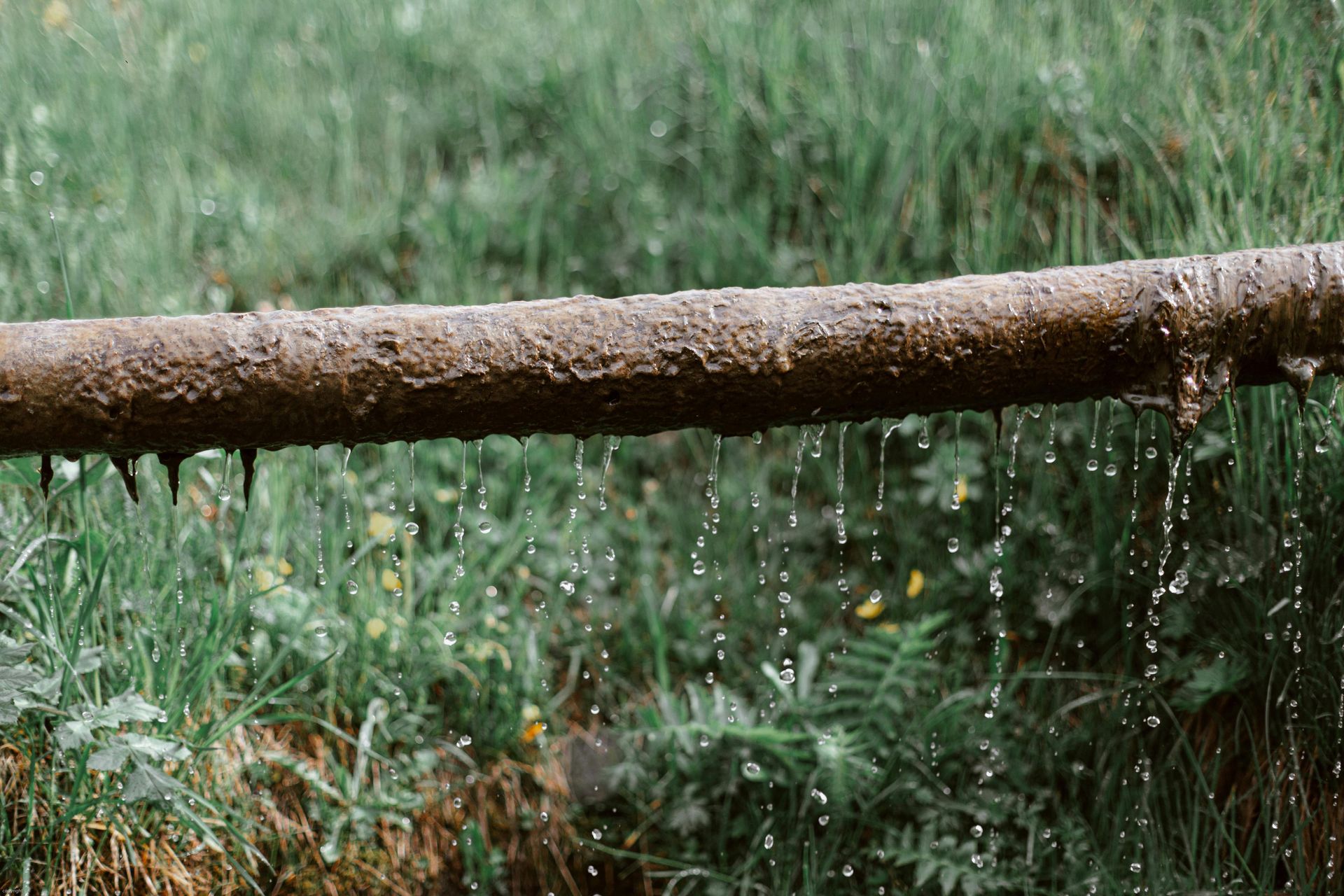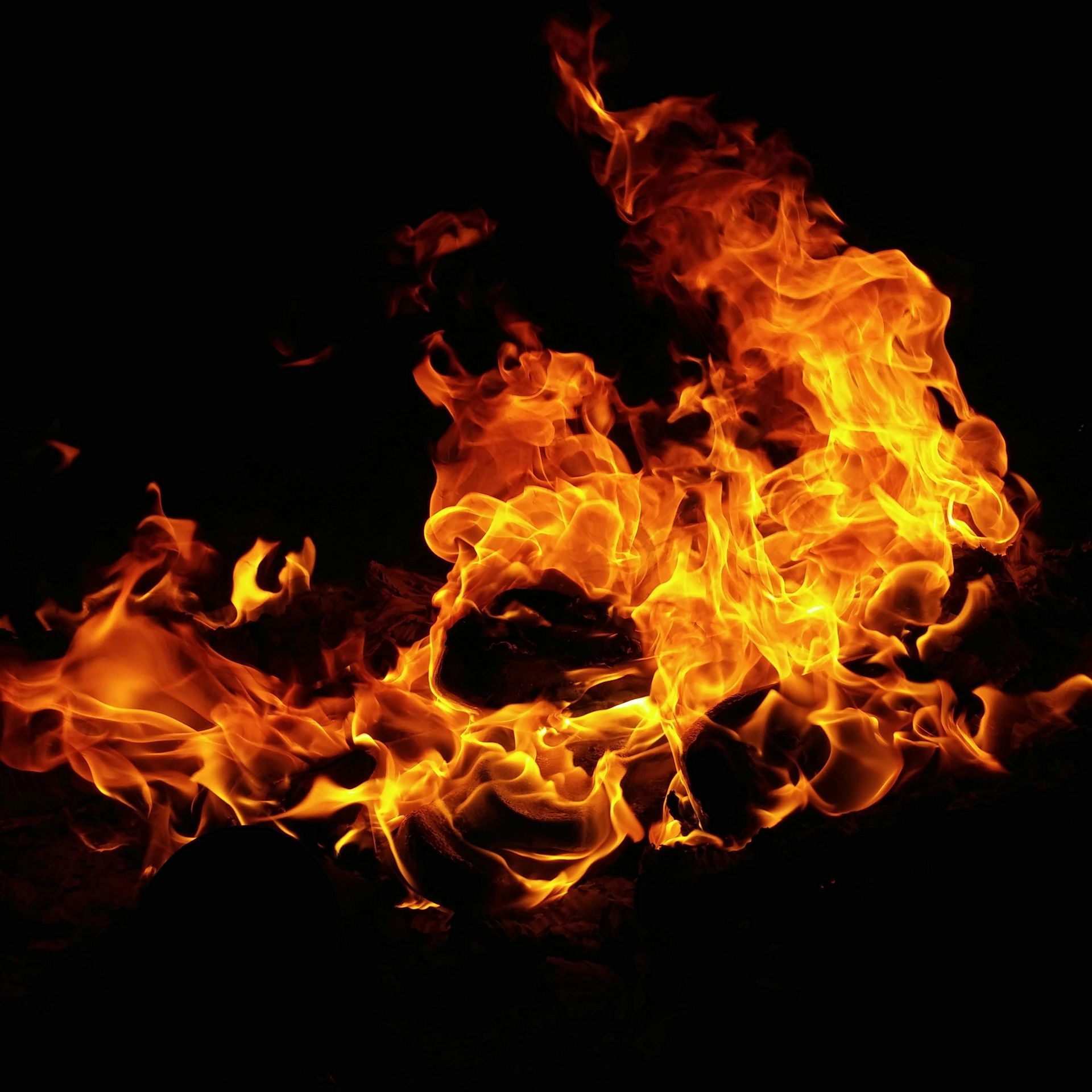Understanding the Mold Remediation Process
Understanding the Mold Remediation Process
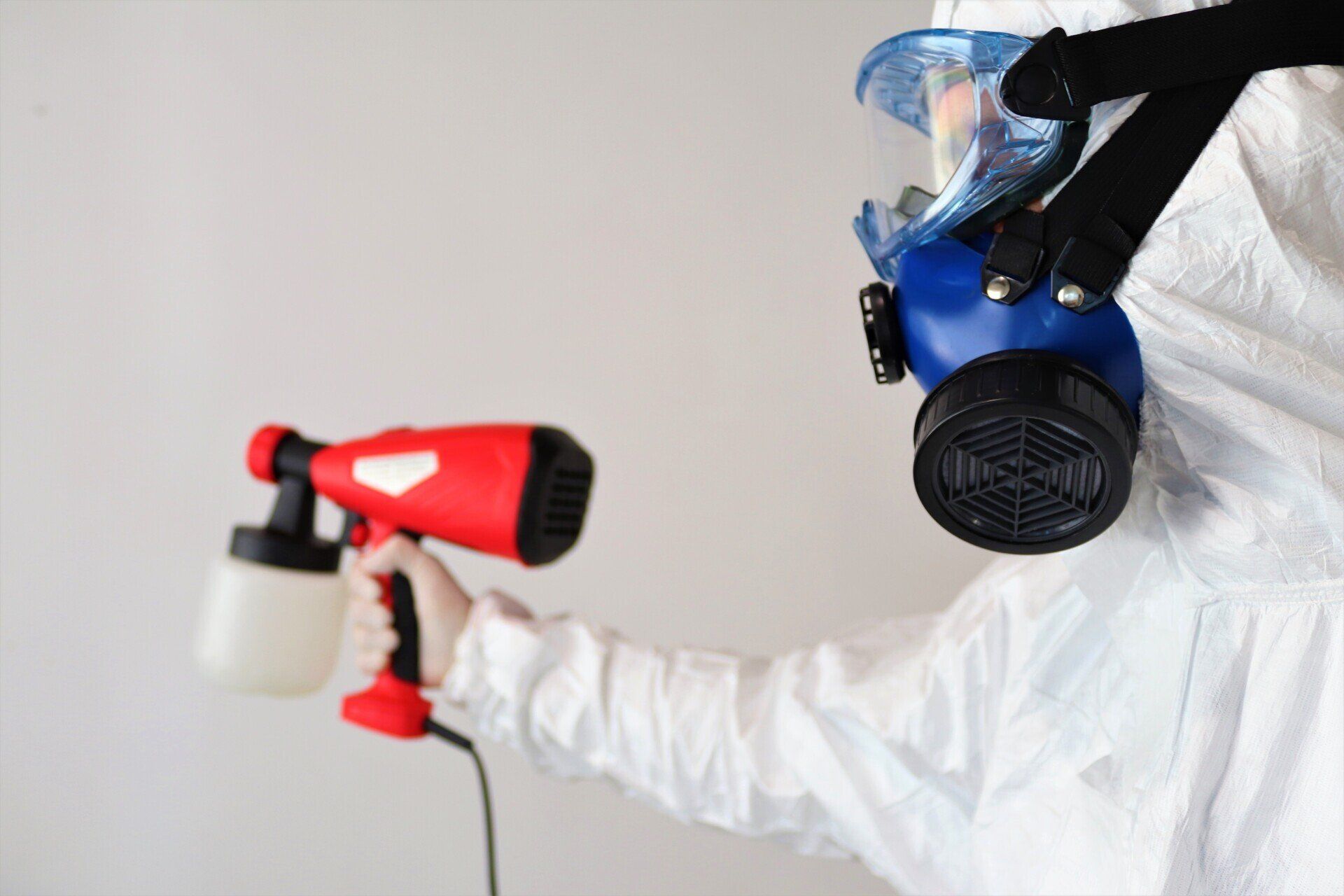
Mold growth in homes or commercial properties is a common issue that can lead to significant damage if left unchecked. Whether it appears due to water damage, humidity, or leaks, mold can spread quickly and result in costly repairs. Mold is not only unsightly, but it also poses health risks, particularly for individuals with respiratory issues or allergies. Understanding the mold remediation process is crucial for property owners to protect their investments and the health of those who occupy the space.
In this blog, we will walk you through the steps involved in mold remediation, how professionals handle the process, and why timely intervention is essential to ensure the best results.
Step 1: Mold Inspection and Assessment
The mold remediation process begins with a thorough inspection of the property. A professional mold remediation company will send a certified technician to assess the extent of the mold growth. During the inspection, technicians will look for visible signs of mold, such as discoloration on walls, ceilings, or floors. They will also check areas that are prone to moisture, such as basements, attics, bathrooms, and under sinks.
In addition to visual inspection, the technician may conduct moisture testing and air quality testing to determine hidden mold growth. These tests can uncover mold colonies that are not visible to the naked eye, such as behind walls or under flooring.
Step 2: Containment and Preparation
Once the mold infestation is assessed, the next step is containment. Mold spores are microscopic, and disturbing mold colonies without proper containment measures can cause the spores to spread throughout the property. To prevent further contamination, the affected area is sealed off using plastic sheeting and negative air pressure machines. This ensures that mold spores do not travel to other parts of the property during the remediation process.
At this stage, the area is also prepared by removing furniture, personal items, and any objects that could be damaged or hinder the mold removal process. This preparation is essential to protect valuable possessions and ensure that the remediation is thorough.
Step 3: Mold Removal
With the area contained, the actual mold removal process begins. Mold remediation professionals use a combination of methods and tools to eliminate mold growth. This typically includes:
- Scraping and Cleaning: Visible mold on surfaces such as walls, ceilings, and floors is carefully scraped and cleaned. Professional-grade cleaning agents are used to treat affected surfaces and kill any remaining mold spores.
- HEPA Vacuuming: A High-Efficiency Particulate Air (HEPA) vacuum is used to remove mold spores from the air and surfaces. This equipment is designed to capture even the smallest mold spores, preventing them from contaminating other areas of the property.
- Encapsulation: In some cases, mold may have affected porous materials like wood. In these situations, technicians may apply an encapsulant. This is a special coating that locks in any remaining mold spores and prevents further growth.
Step 4: Drying and Dehumidification
After the mold is removed, it is important to address the root cause of the problem — moisture. Mold thrives in damp environments, so eliminating the source of moisture is crucial to preventing future growth. Technicians will use industrial dehumidifiers and air movers to dry out the affected areas thoroughly.
The drying process may take several days, depending on the size of the affected area and the extent of the water damage. This step ensures that the environment is no longer conducive to mold growth.
Step 5: Final Cleanup and Restoration
Once the mold is eradicated, and the area is dry, the final step is cleanup and restoration. The technicians will remove all containment materials, disinfect the area to ensure that it is free from any remaining spores, and restore any affected surfaces that were damaged by mold growth.
Restoration can involve repairing drywall, replacing flooring, or repainting surfaces. The goal is to return the property to its pre-mold condition, ensuring that it is safe, healthy, and habitable once again.
Step 6: Prevention and Maintenance
A key aspect of mold remediation is prevention. After the mold removal process is complete, technicians will provide recommendations on how to prevent mold growth in the future. This may involve addressing plumbing leaks, improving ventilation in humid areas, or installing dehumidifiers to regulate moisture levels.
In some cases, ongoing monitoring may be necessary to ensure that mold does not return. A good mold remediation company will offer advice on how to keep your property dry and mold-free long after the remediation process is complete.
Why Timely Mold Remediation is Crucial
It’s important to act quickly when you notice signs of mold in your property. Mold can spread rapidly, especially in warm, damp environments. The longer you wait to address the issue, the more difficult and expensive the remediation process becomes. In addition to property damage, mold exposure can lead to health issues such as respiratory problems, allergic reactions, and skin irritation.
If mold is left untreated, it can spread through walls, ceilings, and flooring, causing further damage to the structure of the building. Timely remediation not only minimizes these risks but also helps maintain a healthy living environment.
How Ercolano Cleaning & Restoration Can Help
At Ercolano Cleaning & Restoration, we specialize in professional mold remediation services. Our experienced team is trained to identify, remove, and prevent mold in residential and commercial properties. We use state-of-the-art equipment and proven techniques to ensure that your space is thoroughly cleaned, restored, and free from mold. If you suspect mold growth in your property or have experienced water damage, don’t wait to take action. Reach out to Ercolano Cleaning & Restoration today for a comprehensive mold inspection and remediation service. Our team is here to restore your property and give you peace of mind. Contact us now to schedule a consultation and protect your home or business from the damaging effects of mold!
